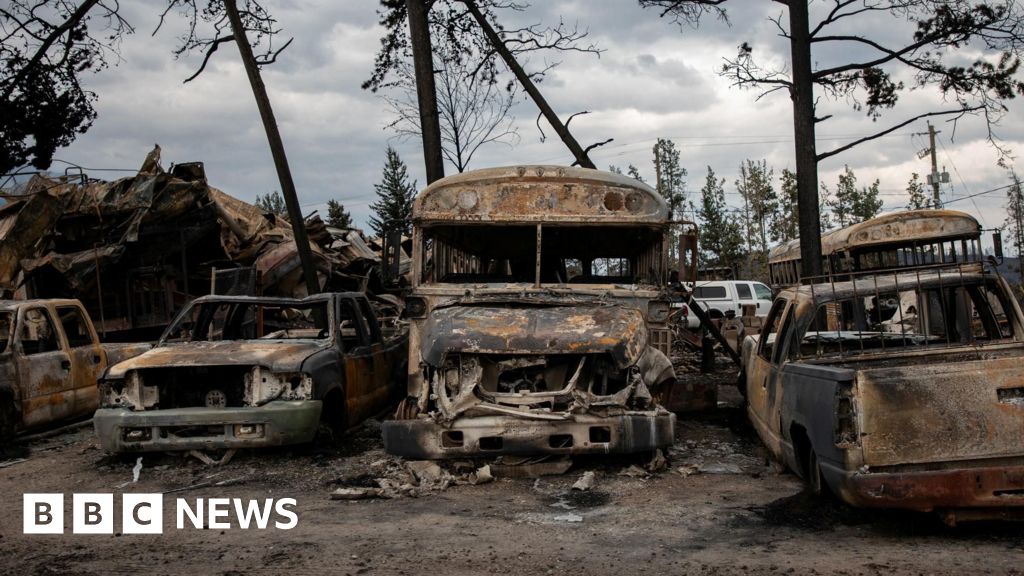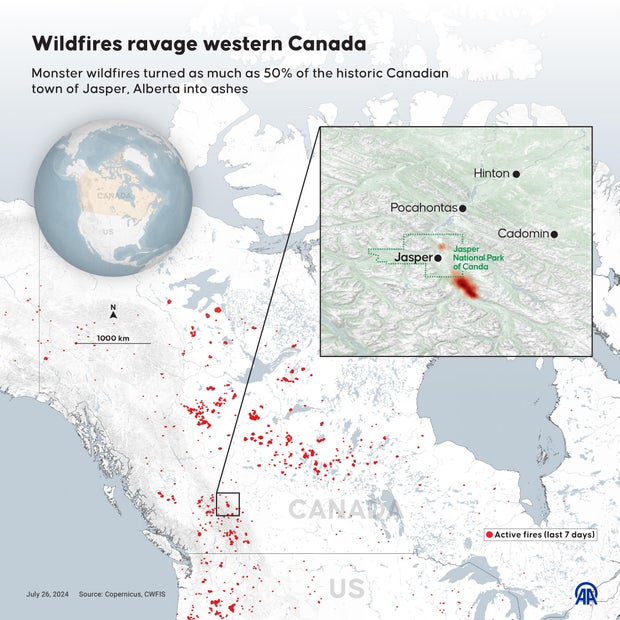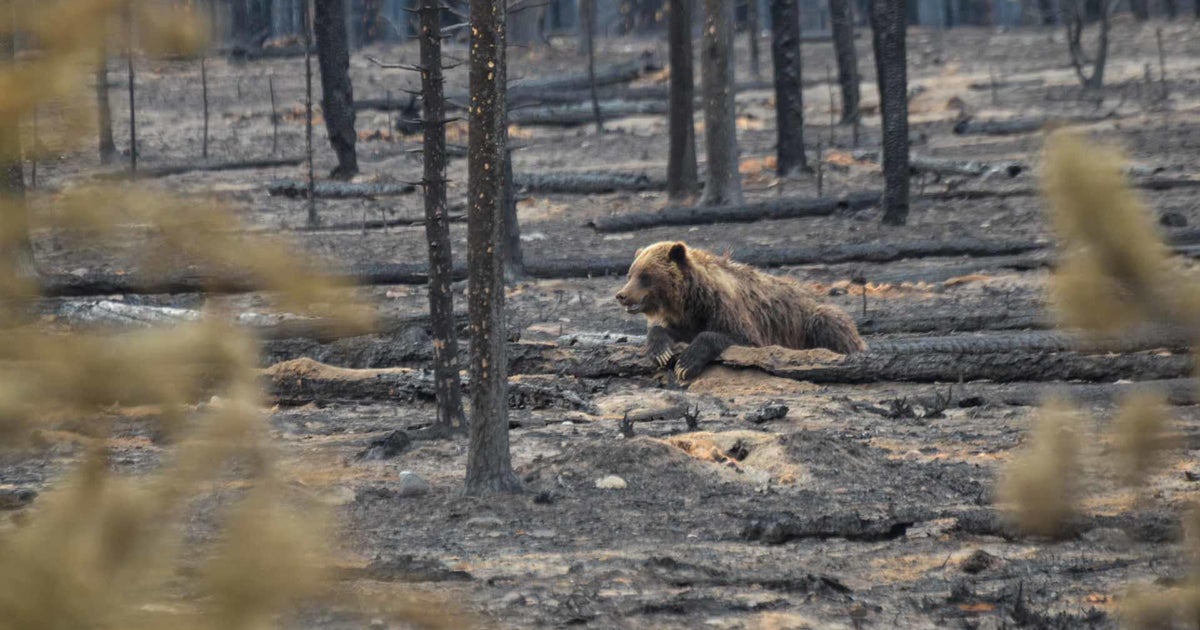
Jasper, a popular tourist town located in Alberta, Canada, was hit by a devastating wildfire on July 29, 2024. The fire destroyed approximately a third of the buildings in the town including around 358 structures out of the total 1,113. The cause of the wildfire was attributed to a lightning storm that occurred earlier in the week.
The wildfire, which is currently one of the largest recorded in Jasper National Park's history, has been burning for over a week and has consumed an estimated 79,000 acres (approximately 123 square miles). The fire reached the town of Jasper on Wednesday evening and resulted in significant loss.
Jasper Mayor Richard Ireland described the town as being 'ravaged' by wildfire. Assessments are ongoing to determine the extent of structural damage in Jasper, with estimates suggesting that there could potentially be 30% to 50% damage.
Despite the destruction caused by the wildfire, no injuries have been reported due to it. However, over 25,000 people were ordered to evacuate from the park and Jasper due to the wildfires.
The Alberta Wildfire, Alberta Emergency Management Agency, Canadian Armed Forces, Canadian National Railway, ATCO Electric and numerous municipal fire departments are among those responding to the emergency.
The complex includes two wildfires that ignited on Monday in Jasper National Park and have since combined with another fire that started on July 19 near Miette Hot Springs. The perimeter of the Jasper Wildfire Complex was estimated to be 32,000 hectares (approximately 79,073 acres) as of Friday.
Crews are taking advantage of the time to make progress in suppressing the wildfire and reducing further spread. However, warm weather in the forecast will increase wildfire activity.
The town of Jasper and Jasper National Park closed earlier this week due to the wildfires, which is located in one of Canada's largest national parks.
Conservationists are concerned that some species like caribou may face a higher toll due to the wildfire. Deforestation and mining have reduced the habitat for species like caribou outside of protected areas like national parks, potentially setting back breeding programs by several years.
Despite the devastating impact of the wildfire on Jasper town and Jasper National Park, there have been some positive stories emerging from the disaster. A mother bear and her two cubs managed to survive by hiding in a wet spot near the Athabasca River.








